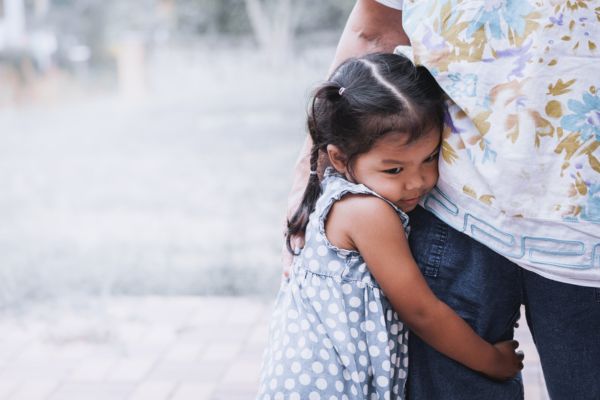
An important step for a child to self-regulate is to accept the feelings they have. This is where parents and caregivers can proactively help by normalizing the child’s feelings. Normalizing means letting someone know what they’re thinking, feeling, or experiencing isn’t unique to them. It’s a normal part of whatever they’re going through. This helps them avoid or release feeling ashamed, stigmatized, embarrassed, afraid, confused, alone and many other negative emotions. It helps them know what they’re thinking, feeling, or experiencing is okay, acceptable, and “normal.” When they have that reassurance and feel connected instead of isolated, they’re able to accept what’s happening rather than rail against it. They’re also able to focus on solving the challenge in front of them. Here is an example.
Imagine you’re heading to the park with a child who is afraid to meet new kids. This child is feeling embarrassed by their lack of social skills and fearful they’ll do or say something wrong.
First, you can acknowledge what they’re feeling by saying, “I can see you’re nervous about the park, especially because there might be kids there you don’t know.”
Then you can normalize those feelings by saying, “Feeling nervous around new people is something a lot of kids and even adults feel. A lot of people don’t know exactly how to start a conversation with someone new and are afraid of doing or saying the wrong thing. All of that is okay.”
Then you can shift into skill-building mode to help that child move forward by saying, “If you want, we can come up with a few things you can say to a new kid, and you can practice saying those things to me. Neurons that fire together wire together, so practicing now will make it easier later, even when you’re nervous.”
If the child isn’t at the place to try out a new skill, you can reassure them that’s okay too, and you’ll be ready to try when they are. Acknowledging and normalizing their feelings will make them less fearful, and soon, they will be ready to try a new approach.